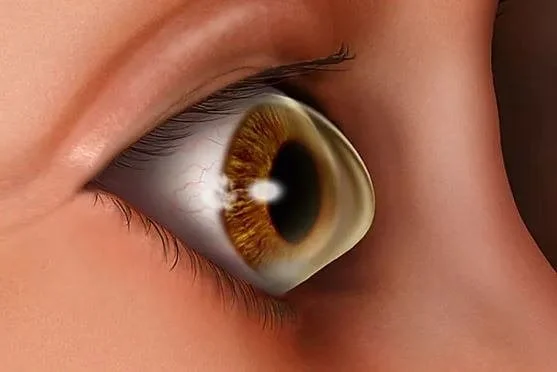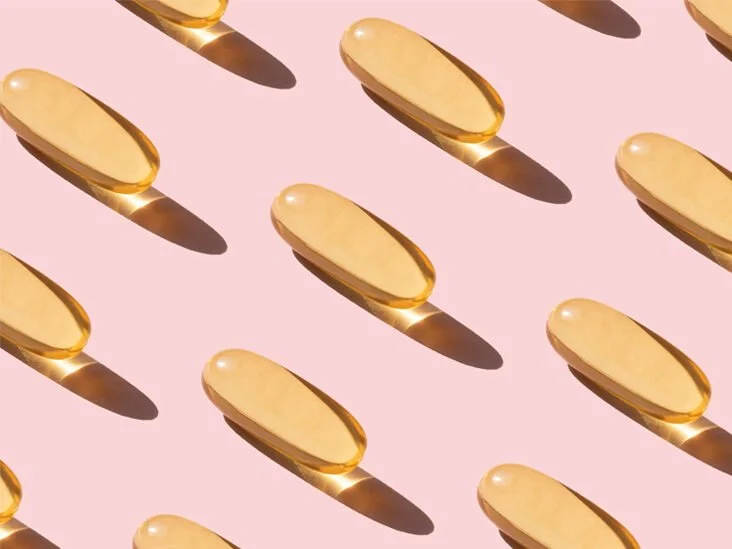In this post, we are going to specifically address the most important decision you need to make almost as soon as you decide to go through with cataract surgery or a refractive lens exchange: which lens should I choose to put in my eye?
A cataract is a dirty lens inside the eye, and this lens serves an important role. When you are young, the lens is clear and flexible and allows your eye to focus at near, but as you get older the lens becomes cloudy. Once your quality of life is impacted by your vision from the cloudy lens, the treatment is cataract surgery. If you are not a candidate for LASIK or PRK surgery, you might also make a decision to do a clear lens exchange where we remove your natural lens to put in a synthetic lens so that you might not need to wear glasses or contact lenses.
During cataract surgery, we take out the lens in your eye using an ultrasound machine called a phacoemulsification machine. After we take the lens out we put in a new lens and this lens will most likely stay in your eye for the rest of your life. But which lens should you pick?
There are three main classes of lenses that I’ll touch on today. Lens technology changes constantly and there will be new lenses and features available by the time you see this video that might not be available at the time of filming, so a disclaimer that I’m going to be very general so this video can stay relevant for a while. Make sure you discuss your individualized lens choices with your eye care provider and your surgeon prior to making your decision.
MONOFOCAL LENSES
This lens is covered as part of the cost of cataract surgery by most insurance plans including Medicare and will overall give you the best quality of vision. This lens is the same power throughout so if you have astigmatism, or a cornea with an imperfect curvature, and decide to go with this default lens you will most likely need to wear glasses for best distance, intermediate, and near vision after surgery.
TORIC LENSES
If you have regular astigmatism and you want the option to be glasses-free for some activities, you might want to think of a toric lens, or a lens that offsets some of the imperfect curvature of the cornea. This lens has an axis of cylinder power to offset the shape of the cornea so that you have your best chance of seeing well at a specified focal point without glasses.
WIth a monofocal lens or a toric lens, you can decide for each eye whether you want to see well for distance vision, which is helpful for driving or watching TV, intermediate vision, like for computer vision, and near vision for reading fine print or nutrition labels. You might also want to consider monovision or mini-monovision, where your dominant eye is set for distance and your nondominant eye is set for intermediate or near vision to give you a range of vision. This is not ideal for everyone, but if you have experience with monovision contacts or refractive surgery, this is a great option.
MULTIFOCAL LENSES
Another lens option is a category called multifocal lenses, or lenses that can focus light at distance, intermediate, and near. This is a great option if you absolutely hate wearing glasses and these also come with astigmatism-correction if needed. We only want to offer a multifocal lens if you have otherwise perfect eyes without an irregular cornea or other eye diseases such as age-related macular degeneration or a retinal scar.
Here are 5 questions that will help you figure out which lens choice is right for you.
Are you okay with wearing glasses? If you are, then you might just consider a standard monofocal lens and match your two eyes so they work well together. You will definitely need reading glasses for fine print with these lenses, and if you have significant astigmatism, you might just need a progressive or bifocal glasses that you would need to wear at all times.
Do you have significant astigmatism? If you have astigmatism in your glasses and/or your doctor tells you that you have astigmatism based on your tests, you might want to consider a toric lens to help correct that astigmatism.
Are you okay with wearing reading glasses? If so, then you can have both eyes focused at distance so that you maximize 3D vision. If you hate the idea of wearing ANY kind of glasses, you might want to consider monovision or multifocal lenses.
Have you done well with monovision contact lenses or did well with monovision LASIK or PRK? If so, you should consider replicating this with your intraocular lenses.
Do you hate the idea of wearing glasses or is the idea of monovision unpalatable? The last type of lens you should consider is a multifocal intraocular lens, which typically has multiple rings with various powers within the lens to help focus light at various focal points within the eye. This lens gives you a larger range to see distance, intermediate, and near without glasses. If you are interested in a multifocal lens, you need to ask yourself if a low amount of nighttime glare is going to bother you. This can be a really difficult question for most people to answer, and this is an impossible question for your eye care provider or your surgeon to answer on your behalf, so I advise you to ask your family members or friends if they think you are detail-oriented. While many are happy with their choice to go forward with a multifocal lens, there are definitely those who are not and once the lens is in the eye, it can be quite dangerous to take it out and there is not much we can do besides changing out the lens to help with quality of vision.
If you were having cataract surgery today, which lens options would you choose? Thanks for reading, and best of luck on your upcoming surgery!
















